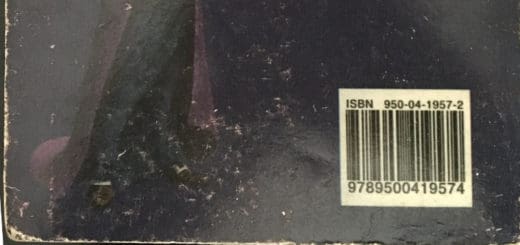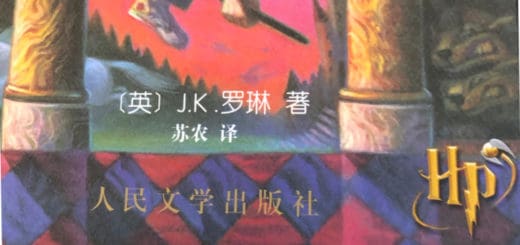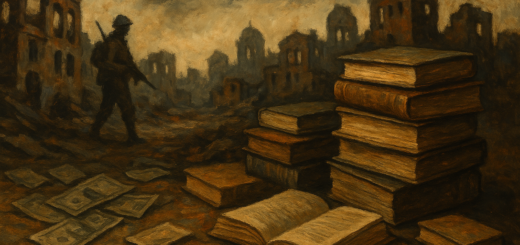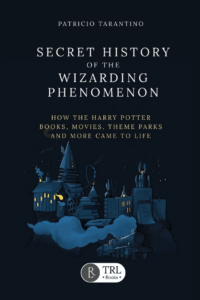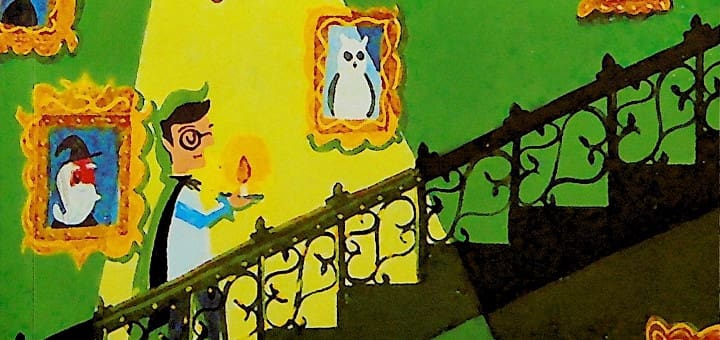 Harry Potter and the Translation Demotion
Harry Potter and the Translation Demotion
I announced a new unauthorized Philosopher’s Stone translation last year, by one Li Ronghua. That may have been premature.
After corresponding with a reader, Z-Chen, who is a native speaker that acquired their own copy of the book, I’m convinced that it is actually a simplified and abridged variant of the official Su Nong translation.
The first tip off is that my copy, published by the Jilin Publishing Group turns out to not be the first publisher! The book was published for at least 5 years before then by Northeast Normal University Press (the edition that Z-Chen has) and in those publications, there is no translator credited at all.
My experience in Japanese affords me some familiarity with Han characters and I have been actively studying Chinese for a little over a year, but I am by no means fluent! So conclusions that I draw tend to be based on direct comparison—examining the text for similarities and differences and trying to find evidence that way. That’s not easy to assess comprehensively in this case because the text-block is decidedly different. There will be a sentence that is identical to the Su Nong’s translation and then it will diverge quite dramatically for a paragraph. Then another verbatim passage will appear. Is that plagiarism or just coincidence? I mean, for simple language, there are only so many good translations—it’s not at all surprising that there may be verbatim sections in two independent translations.
Volume is one key here: there are some longish, verbatim passages and there are very many of them. There is little variation in dialogue in particular and that adds up to more than coincidence.
It’s the ‘abridged’ and ‘simplified’ nature of the book that appears to be responsible for the variation in the text. Anchoring on the verbatim sections—dialogue again is particularly useful here—the text that varies in between is invariably shorter. In one case, right at the beginning of Chapter 1, several paragraphs shorter. That’s not typical of translation—there will certainly be variation between how verbose translators might be between two different translations; but certainly you would not expect a difference of paragraphs worth of content.
According to Z-Chen, it’s clear as a native speaker that this is the Su Nong translation. There are numerous places, even within the first few pages, where Su Nong’s language use is unique and characteristic; these have been copied verbatim in this edition.
What about Li Ronghua? Well, it appears that at best this individual was an editor; at worst they are a fabrication. Likely, that’s a question that we’ll never get the answer to. Z-Chen said that while they can’t rule out the possibility that it is referring to a real person, as a native speaker, their impression is that Li Ronghua—kind of the Chinese equivalent of “Jane Smith”, a very common name—was added just to fill in a blank.
Even more telling might be the copying of earlier mistranslations or inconsistencies. From Z-Chen:
One quick example, in Chapter 5, one of the textbook title Fantastic Beasts and Where to Find Them was changed from 《怪兽及其产地》to《神奇动物在哪里》in Su Nong’s version around 2008 or 2009 — because in 2001, the actual textbook was released in China with a new, and perhaps more accurate title 神奇动物在哪里. However, in Li’s version you still get the old book title.
I don’t think there’s any question now that this is not a separate unauthorized translation; consequently, I have downgraded the status of this publication from “translation” to “variant” on ‘The List’. Nonetheless, I’m delighted to own this little gem, if only for the cover art.
